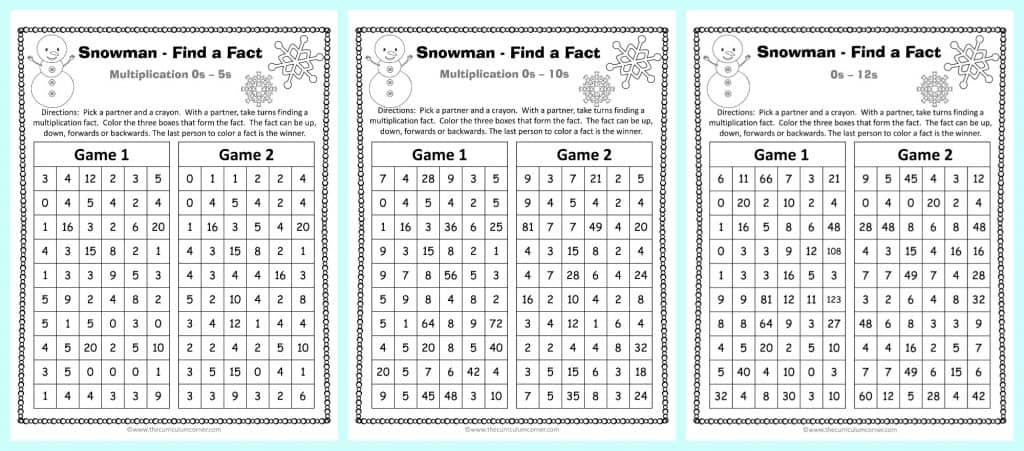

This time, the larger number goes on top, to the left of the first number. Next, each player draws another two cards.

The players each draw two cards, placing the smaller number on top and the larger number on the bottom. Begin by removing all of the face cards and 10s from the deck. This is the perfect game to practice regrouping and could easily be completed as an individual center activity instead of a game. Jokers could be a wild card, and students may choose it’s value if they happen to draw it. Or, consider removing the face cards but keeping Jokers. Face cards are advised to be taken out of the deck for this game, but if you’d like to add a fun twist, you could assign a value to each face card. This game requires many cards per turn, so once the deck is gone, just reshuffle and continue until there is a winner. Pencils and paper or whiteboards and markers will most likely be needed.

The first player to reach five points wins. If a player can create a difference of exactly 50, they receive two points. Whoever can create an equation with a difference closest to 50 earns one point. For example, if you are practicing subtracting 3-digit numbers, each player would draw six cards per turn. The goal for each player is to generate a subtraction equation with a difference that is closest to 50. This game is perfect for practicing multi-digit subtraction problems. If you are working with upper grades, students could start the game at 500, choose two cards per turn, multiply them, and then subtract that total from 500. Adjusting the value of the face cards can also increase the difficulty of the game. Simply have each player draw two cards per turn, adding those numbers together, and then subtracting that total from 100. This game can be made more challenging and involve addition, too. Jacks are worth 11, Queens are worth 12, Kings are worth 13, and Aces are worth 0, or whatever number is agreed upon. If all the cards have been drawn from the deck, the player who is the closest to zero wins. To win the game, a player must be first to reach zero. Each player can take one card per turn and subtract the number they get from 100. Here are five different math card games that will keep your students motivated, engaged, and, most importantly, having fun, all while strengthening subtraction skills! Subtraction to ZeroĮach player starts the game at 100. Playing cards are a great tool to have available for extra practice, a fun math center, or even an enrichment activity. Many math games can be played with a single set of cards as individuals, with a partner, or in small groups.


 0 kommentar(er)
0 kommentar(er)
